In the latest episode of "Learn with IMAGO: Behind the Lens," Carsten Brandes, senior photo editor at IMAGO, shares his extensive insights and valuable photography tips. If you're eager to understand what makes a photo stand out—or why a good shot might be overlooked—and learn how to ensure your photos capture the attention of a photo agency among millions of submissions, don't miss this interview.

From Lens to Screen: Insights from Carsten Brandes, Senior Photo Editor
From taking photography courses in the 1980s to the role of senior photo editor at IMAGO, Carsten Brandes has traversed a lengthy path within the photography industry. Reflecting on his journey, Carsten notes, “The differences over the last 25 years can be summarized quite simply in the following two statements: SO MUCH faster and SO MUCH more.” Indeed, the evolution of the photography world, mirrored in his role at IMAGO, has been marked by exponential change.
At IMAGO, where Carsten and his colleagues operate at the Picture Desk, the transformation is palpable. He reminisces about the bygone era of receiving 60-80 slides of photos weeks after an event like F1 in the 2000s, contrasting it with the present reality of receiving hundreds of photos mere minutes after the event commences. The Picture Desk serves as the nexus between photographers and clients, tasked with processing over 200,000 photos daily—from live sports coverages to entertainment festivals to creative to archival shots and beyond. “The Picture Desk is the gatekeeper of awesome visuals. We sit at the crucial interface between photographers and clients. From the vast influx of incoming images, we compile the most beautiful image packages for our customers, ensuring the photos meet the highest standards in terms of composition, clarity, and overall visual appeal,” he describes.
Carsten’s role demands a discerning eye as he sifts through this deluge of images, handpicking the best ones to compile into image collections. His approach to managing this workflow is both pragmatic and meticulous, prioritizing discernment and ensuring the delivery of impactful imagery.
In this interview, Carsten offers insights into the inner workings of the picture desk—the heartbeat of a photo agency. He shares strategies for distinguishing exceptional photography, highlights common mistakes that can affect image quality, and imparts wisdom on navigating the dynamic landscape of visual storytelling. Through his experiences and expertise, Carsten Brandes offers valuable guidance for aspiring photographers seeking to elevate their craft in an ever-evolving industry.

“I once read somewhere: What is the difference between a good and a bad photographer? A good photographer has a much bigger rubbish bin. In other words, not every photo taken by a good photographer is great. The good ones simply sort out more and have strict standards for themselves.” – Carsten Brandes.
Could you please introduce yourself and explain how you started your career in the photography industry?
My journey into the realm of photography kicked off in the early 1980s in my northern German hometown, where I took some photography courses with Alfred Schoolmann. Later, I ventured into the world of moving images and produced a series of (super-short) Super 8 videos. I still have a soft spot for the good old 110 film, from my youth. Small and cute, you can often hardly recognize anything; that’s the nostalgic charm that I love.
Digital photography initially caught me off guard. When I started at IMAGO in 2000, I had never held a digital camera in my hand. At that time, IMAGO was solely a sports agency. I got the job because of my keen interest in cycling and motorsport.
You spent a long time at IMAGO and are now a senior picture editor. What do you do at IMAGO? What are your responsibilities?
The Picture Desk is the gatekeeper of awesome visuals. We sit at the crucial interface between photographers and clients. From the vast influx of incoming images, we compile the most beautiful image packages for our customers, ensuring the photos meet the highest standards in terms of composition, clarity, and overall visual appeal.
But why senior? What’s the difference between a regular and a senior photo editor? There’s not much difference, you have to know what are the right little levers in the editorial offices to motivate the crew to perform at their very best. By now, I know the answer: It’s not Hanutas; it’s Milky Ways.
Can you describe your experience over these past 20 years? How did you adapt to changes in a fast-changing industry?
In this context, I always like to tell the Otto Rehhagel story: Rehhagel was the coach of Werder Bremen from 1981 to 1995. For 14 years. A very successful period: twice German champion, DFB Cup winner, and European Cup winner. We at IMAGO have about 600 photos from these 14 years. Great archive material. We actually have everything that was relevant in those 14 years.
Almost twenty years later, in February 2012, Rehhagel became coach of Hertha BSC Berlin. After just ten days, we already had 600 photos of Rehhagel in his Hertha kit in the IMAGO archive: two press conferences, a few days of training, and a Bundesliga match. And we already had as many pictures of him as from his entire time at Werder Bremen. And that was in 2012, twelve years ago. If Rehhagel wants to coach a Bundesliga team again now in 2024, we’ll reach the 600-photo mark in two days.
The volume of images in our industry has completely exploded! We’re not talking about a doubling or tripling of image volumes here. Staying with the Rehhagel example. We are now dealing with about 500 times the amount of images that were common in the 1980s.
Another example. Formula 1 in the year 2000. We might have received the first 60-80 slides in the post, maybe a week after a race, for example, from the Formula 1 race in Barcelona the weekend before. We then carefully examined this material on the light table, scanned our selection the following day, added text to it 1-2 days later and imported it into our system. 10-12 days after the race, the images were then available in the database for our customers. Ready to illustrate the preliminary reports for the next race 14 days later.
Today, of course, we get nervous if we don’t have 100 images on our screens 20 minutes after the start of the race.
The differences over the last 20 years can be summarised quite simply in the following two statements: SO MUCH faster and SO MUCH more.
“Blur it up! Often underestimated. Whether it’s intentional blur or catching some motion, it adds a touch of mystery and excitement. What’s more, any peripheral figures that have been captured can no longer be recognized (personal rights).” – Carsten Brandes.
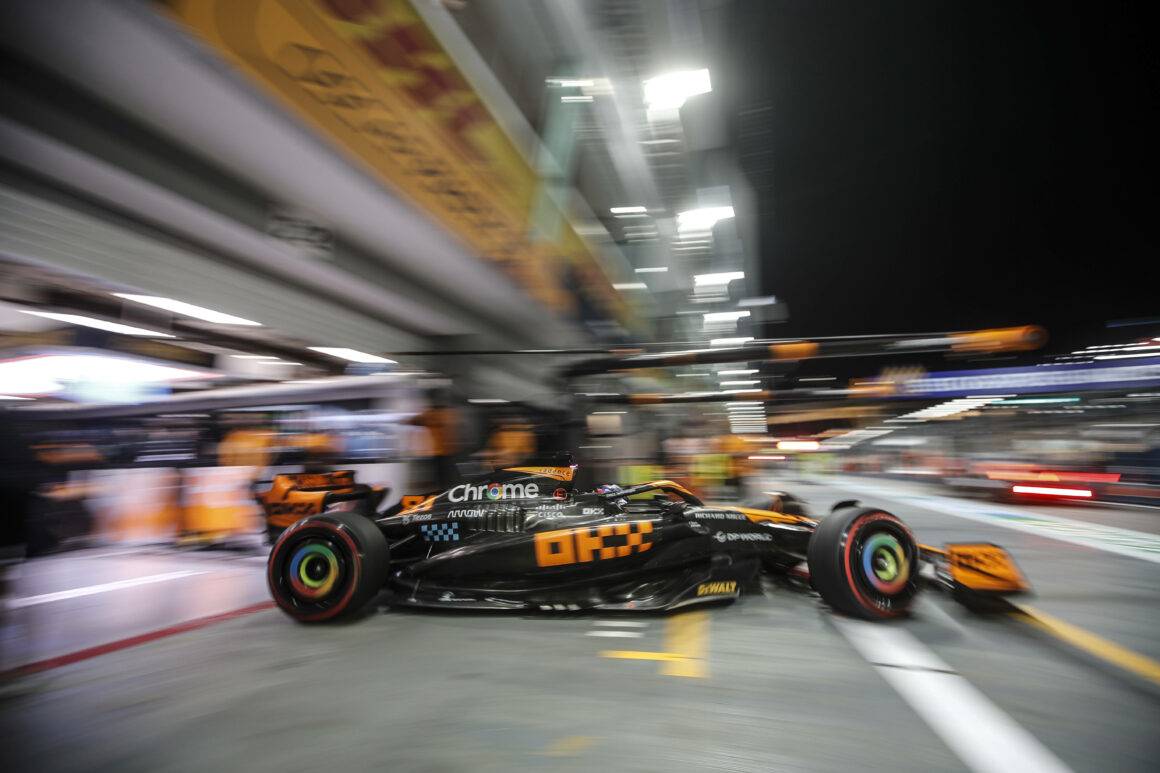
Tell us about your typical workflow nowadays for handling the influx of thousands of photos per day from photographers all over the world. How do you ensure that each photo is properly reviewed and considered?
Let’s be honest. We cannot ensure that each photo is properly reviewed and considered. Not all photos are reviewed equally. Setting up a priority system helps. If Joe Biden is in Taiwan, or Annalena Baerbock in New York, then of course, we know about it in advance and wait impatiently for the first pictures. Ukraine, the Middle East, urgent and time-critical issues naturally receive more attention than others. We try to set up a VIP lane (in our heads/with filters that we have on our screens) for the important images and topics. And to be honest, some days, it really is just cherry-picking amidst the avalanche of photos. Or maybe it’s more like “Goldstaub picking,” but believe me: we will find it.
What is your area of expertise in photography? What specific category or genre do you feel most passionate about, and why?
Cycling: Professional cycling events are filled with drama, intensity, and fierce competition. The high stakes and close competition provide thrilling moments that make for captivating photographs. Imagine the tough mountain stages of the Tour de France or Paris-Roubaix; these involve intense emotions. I love it when photographers capture the emotional highs and lows of the riders, creating a powerful narrative.
Street photography: Street photography often captures unscripted, authentic moments in everyday life. It allows you to tell stories through candid moments that unfold naturally. You have to face challenges such as changing light conditions, quick decision-making, and adapting to unexpected situations. Street photography can embrace a more minimalist and straightforward approach and perhaps tells you more about life and society than a G7 press conference of the economic ministers of the leading industrialized nations.
Archive: Old archive pictures serve as visual documents of the past. They capture everyday life, historical events, and cultural moments, providing a valuable record for future generations. They are a visual window into history. I’m really into the vibe of old-school photography aesthetics, with its grainy textures and vintage feel. Did they really zoom through Monaco in their hot rides back in 1929? I love how history comes to life in such pictures.
“Getting up close or playing with cropping. This is often the secret ingredient for making an image pop. It’s usually the small details that have a big impact.” – Carsten Brandes.
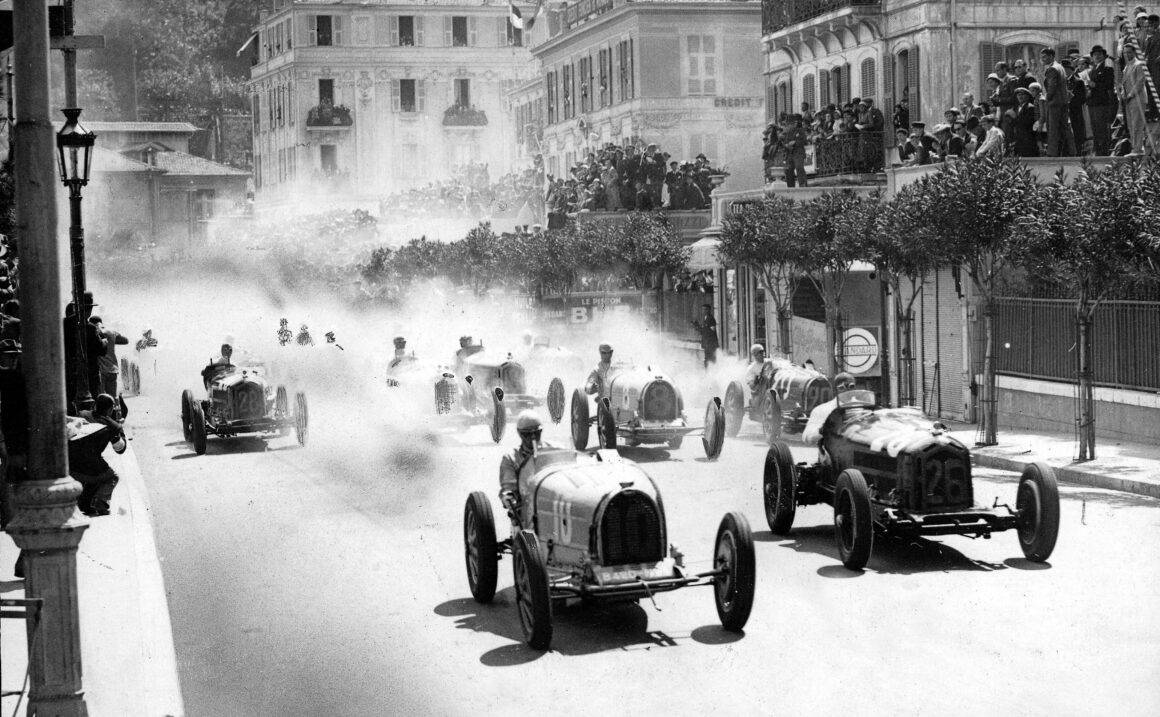
In your experience, what are the key elements that define an outstanding photograph? What are some common strengths or qualities that distinguish exceptional photographers from the rest?
Here are a few points that make an outstanding photo for me. These usually stand out quickly from the masses that pass by on the screen.
One, Point of View: Just lying flat on the floor or flying into the air, getting low or going high can totally change the game. It’s like discovering a whole new world from a different angle.
Two, Blur: Blur it up! Often underestimated. Whether it’s intentional blur or catching some motion, it adds a touch of mystery and excitement. What’s more, any peripheral figures that have been captured can no longer be recognized (personal rights).
Three, Get Close: Getting up close or playing with cropping. This is often the secret ingredient for making an image pop. It’s usually the small details that have a big impact.
Four, Layers and Reflections: Skillful layering can aid in framing the main subject. Reflections often provide natural frames or leading lines. Crucial in composition. I really like it.
Five, Humor: Far too rarely do I see really funny pictures on my screen. The quota is simply too low. A little pinch of humor always makes the difference.
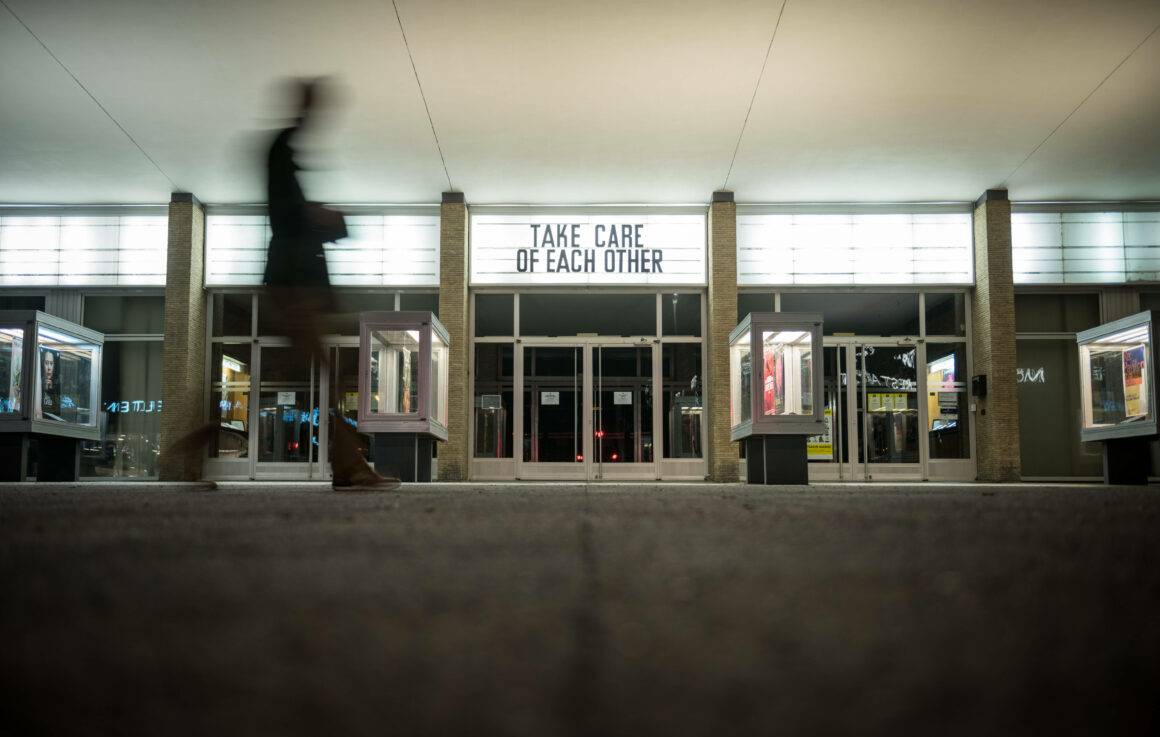
On the flip side, what are some common mistakes that photographers often make in their work? How do these mistakes affect the overall quality of their photographs?
I once read somewhere: What is the difference between a good and a bad photographer? A good photographer has a much bigger rubbish bin. In other words, not every photo taken by a good photographer is great. The good ones simply sort out more and have strict standards for themselves.
Besides: Cobbler, stick to your last. If you normally take photos on the red carpet of American Idol in Los Angeles, don’t think you can take the most beautiful photos of Gold Rock Beach on your holiday in the Bahamas at 12 noon. And if you see a plastic bottle on the beach there, don’t think you can win the Environmental Photographer of the Year Award with a quick photo. Every genre has its own heroes.
And above all: Good texts. Good metadata. IPTC headers are a goldmine for information. Failing to use them properly means failing completely, in my opinion.
I’ve unfortunately seen a lot of bad metadata, but here’s a tip that’s really easy to follow: Use the correct IPTC headers. The “Caption/Abstract” header should contain: “A textual description of the object.” If you have photographed a banana, it should say: Banana. Easy! one might think. Unfortunately, the caption often starts with the name of the photographer or with some kind of usage information such as “Mandatory Credit: XY.”
International events and breaking news stories often require rapid selection and distribution of images. Can you give us an example of a time when you had to make quick decisions on photo selection under tight deadlines?
The royal wedding of Harry and Meghan, for instance, was an event where the world was buzzing with anticipation, and the demand for images was through the roof. During the live coverage, we had a massive, constant stream of images flooding in from various photographers and sources. The clock was ticking, and decisions had to be swift. The key was to balance speed with quality.
Another example is Franz Beckenbauer. When the news of Beckenbauer’s death just broke, I was on the late shift with two colleagues. We searched our entire archive for the best moments of his career. After one hour, 90% of the pictures in the Spiegel photo gallery on Beckenbauer’s death were from IMAGO. And the next morning, our football expert and FC Bayern Munich intimate Toni said: You did everything right, guys! That made me happy.
“IPTC headers are a goldmine for information. Failing to use them properly means failing completely, in my opinion. I’ve unfortunately seen a lot of bad metadata, but here’s a tip that’s really easy to follow: Use the correct IPTC headers. The “Caption/Abstract” header should contain: “A textual description of the object.” If you have photographed a banana, it should say: Banana. Easy! one might think.” – Carsten Brandes.

Can you share any strategies you’ve used to keep up with the evolving trends, especially in creative photos, and ensure that the agency’s selection remains relevant and engaging to the audience? What recent developments or trends within your area of expertise have you found most exciting or promising for the future of photography?
I would like to mention two trends here. One trend in creative photography will be the growing appreciation for imperfection. Whether it’s the graininess of analogue shots, the charm of less-than-perfect smartphone pictures, models like you and me with flaws, quirks, hair loss and tomato stains on their T-shirts, there’s a beauty in these quirks. It’s like a rebellion against the overly curated, airbrushed images we’ve become accustomed to. Also, as a differentiation from AI. AI creates incredible masterpieces. Unrivalled perfection. One trend will be to differentiate ourselves from it through imperfection. The authenticity of ‘not-perfect’ photos tells a more genuine story, capturing real moments with all their rawness and character.
Another fascinating trend is the resurrection of really old archive material for contemporary storytelling. It’s like opening a time capsule and discovering gems that still hold relevance today. Combining historical visuals with modern narratives adds layers of context, creating a bridge between the past and present. Pictures from the good old days, when photos were still created by people in lengthy processes with passion in dark rooms and not simply calculated.
I recently read a report about the advantages and disadvantages of leather shoes or vegan shoes. The article was illustrated with an old photo of Gerd Müller and Eusebio from the 1970s presenting their shoes. I liked that. Perhaps we’ll see more of this in the future. The archive will become more important.
“I would like to mention two trends here. One trend in creative photography will be the growing appreciation for imperfection… Another fascinating trend is the resurrection of really old archive material for contemporary storytelling. It’s like opening a time capsule and discovering gems that still hold relevance today. Combining historical visuals with modern narratives adds layers of context, creating a bridge between the past and present.” – Carsten Brandes.
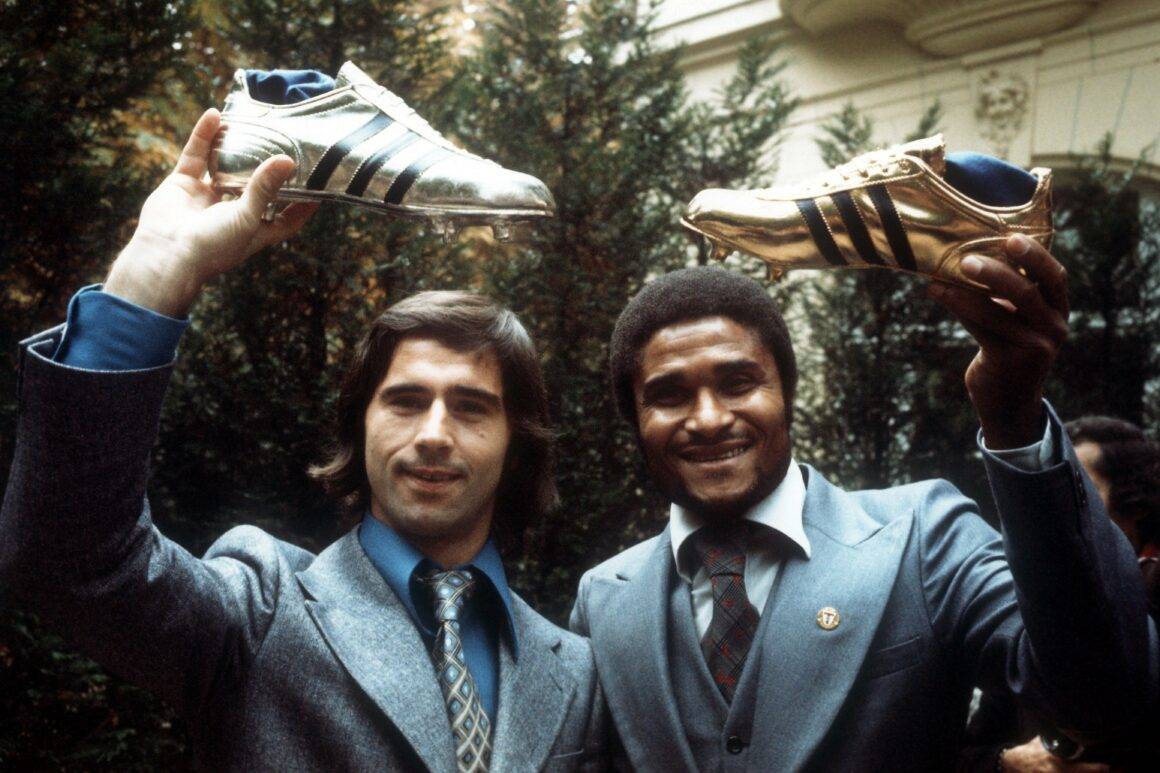
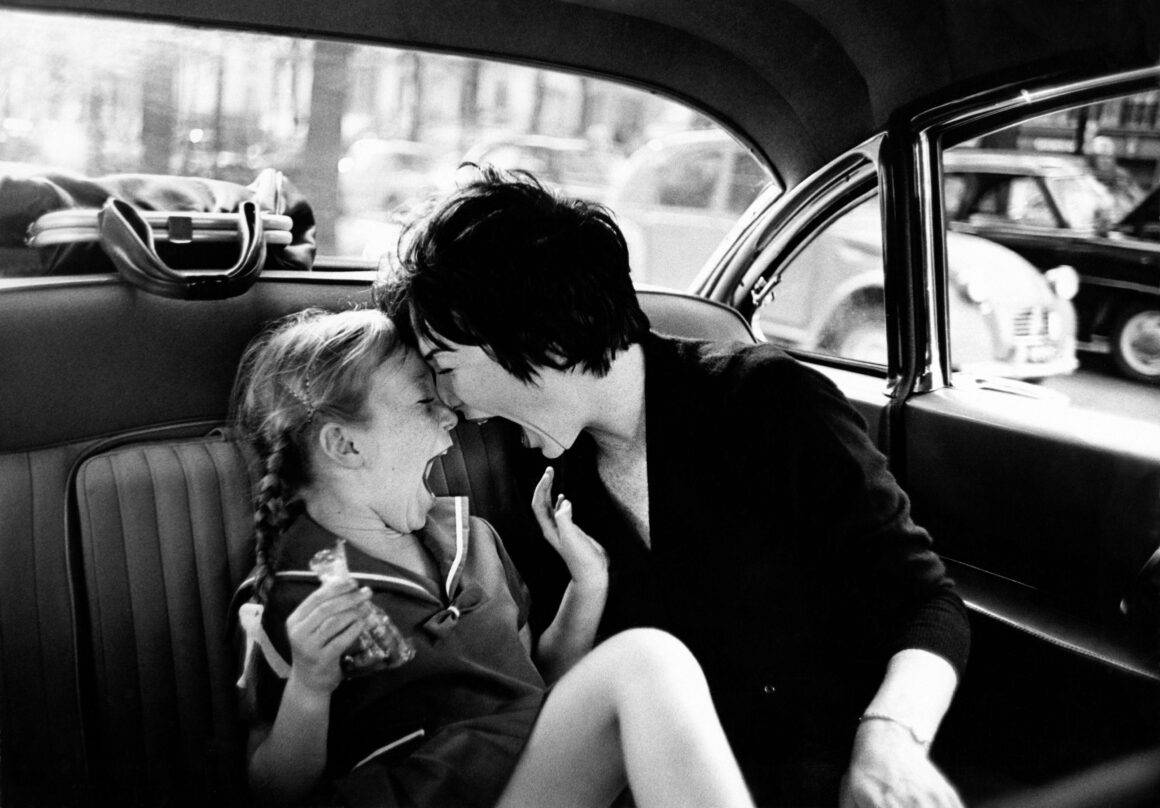


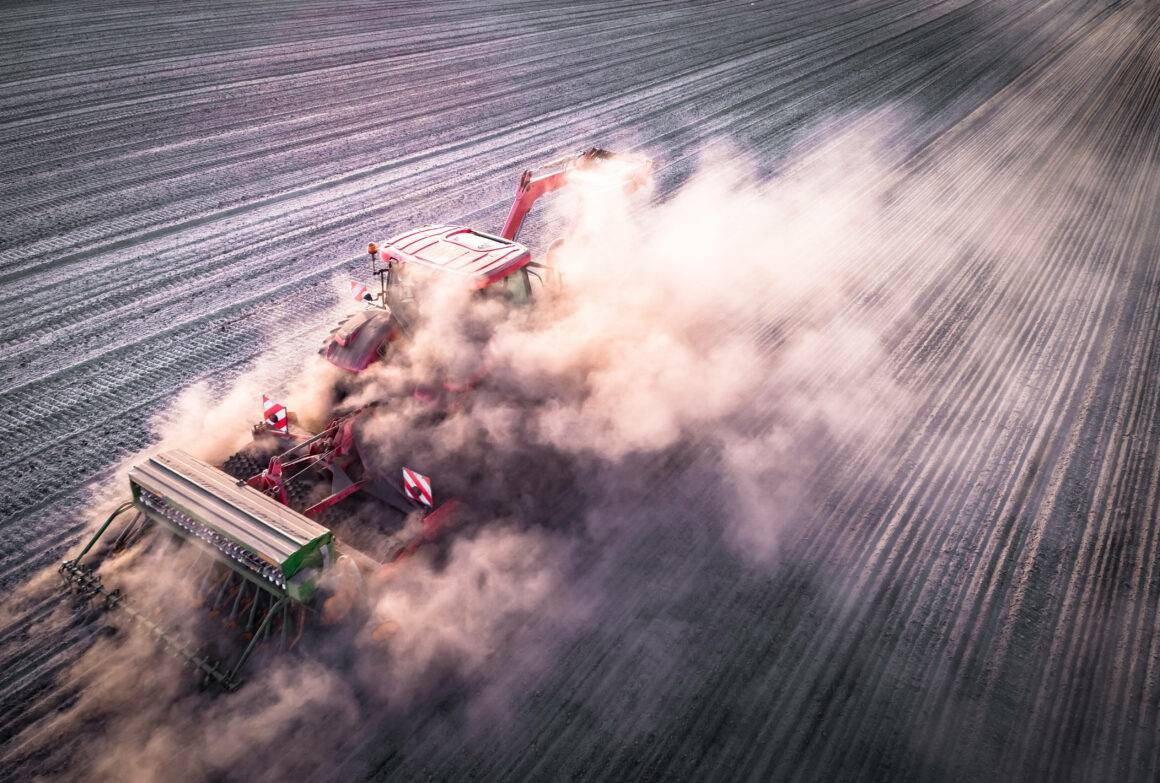

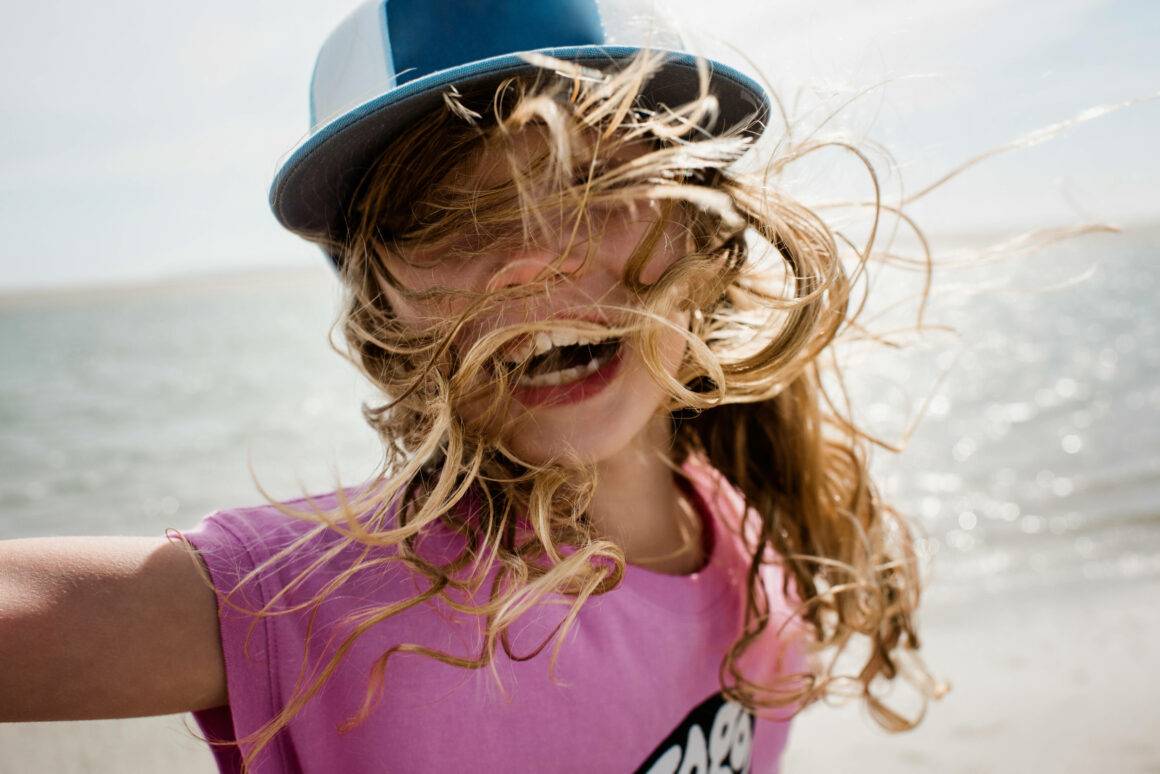
The credit of cover photo: IMAGO / Pressefoto Baumann


